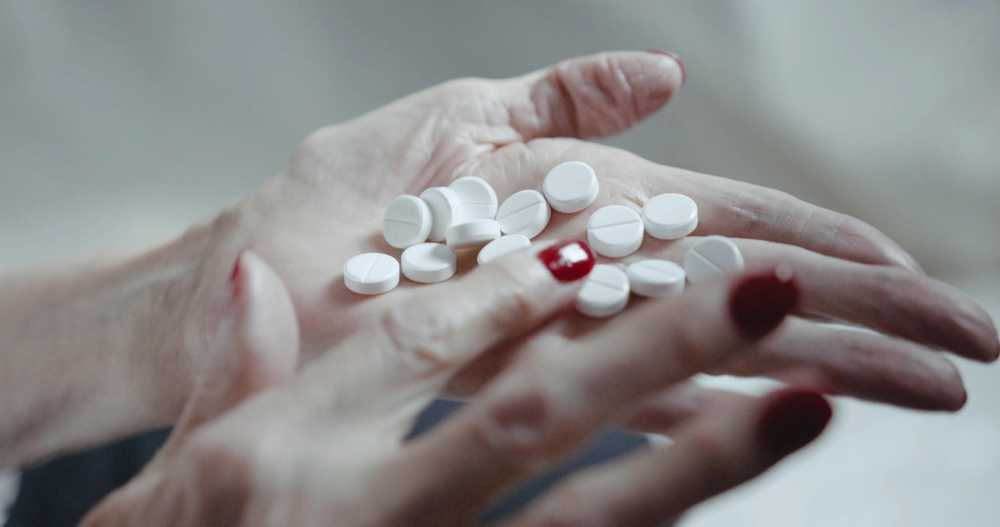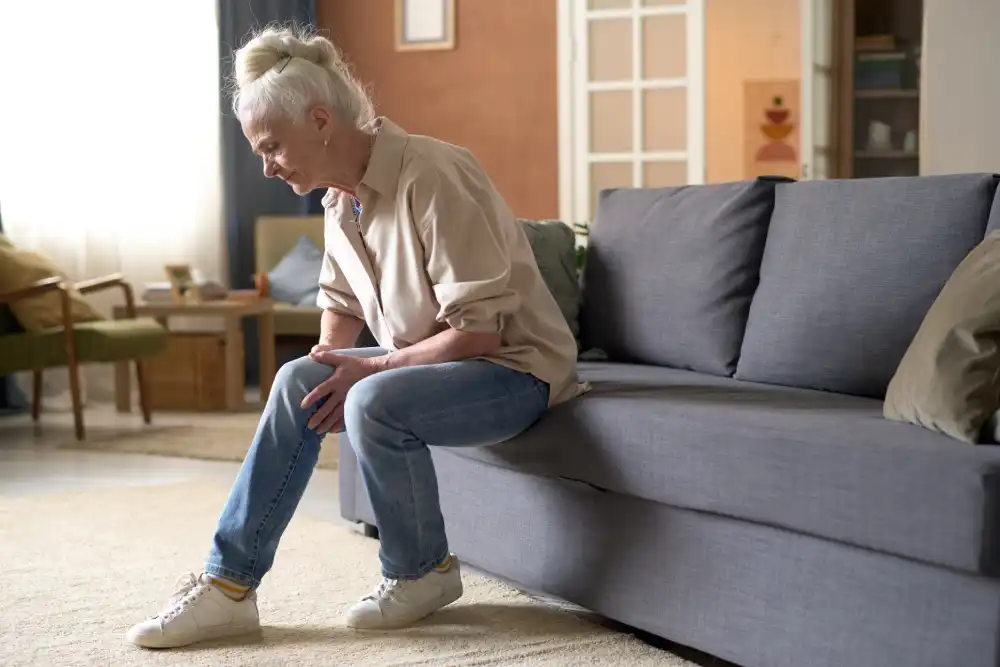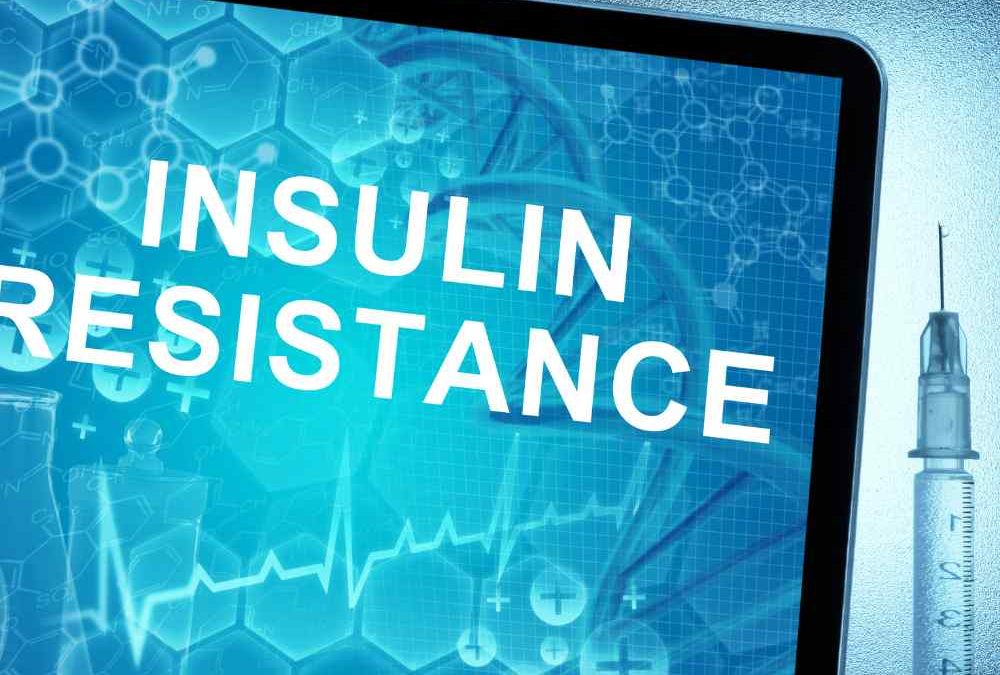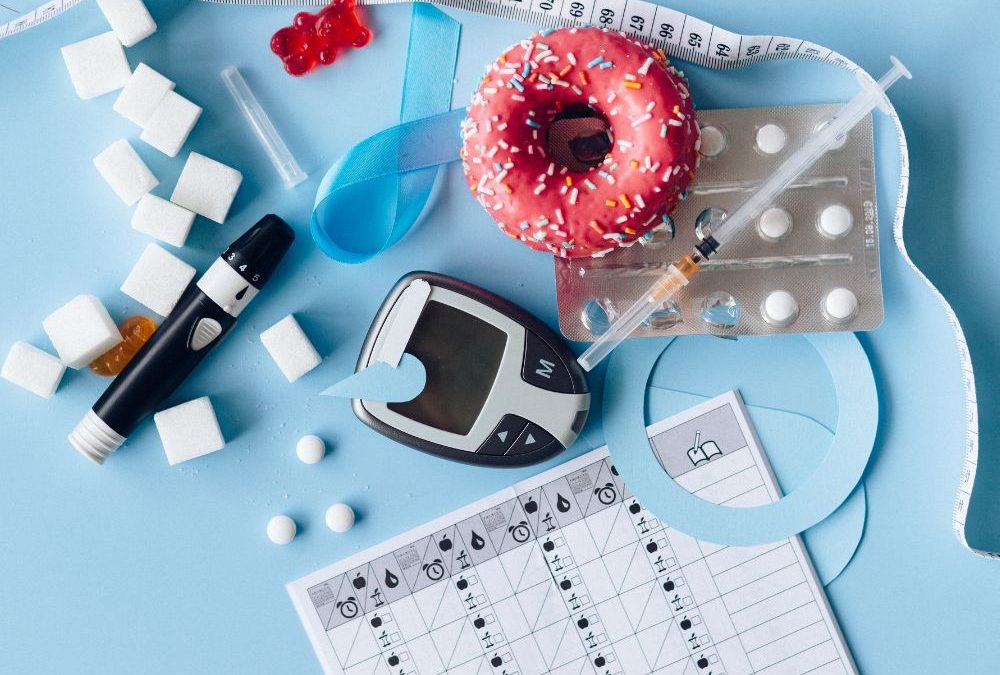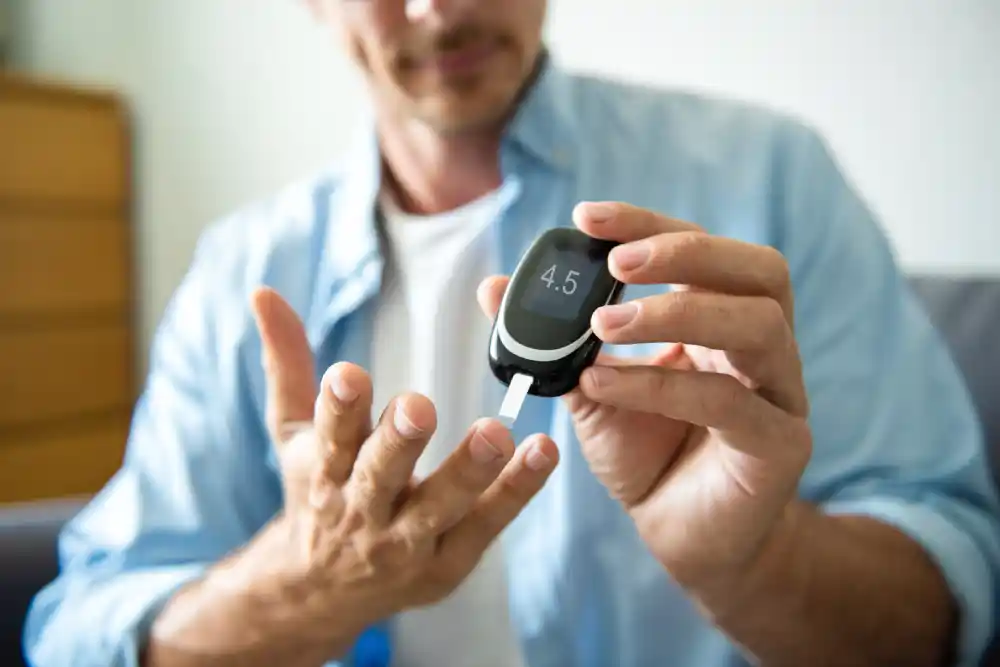Study Reveals Stimulation Of The Spinal Cord Relieves Painful Diabetic Neuropathy
Painful diabetic neuropathy (PDN) is a debilitating condition that affects millions of people worldwide. It is a form of nerve damage caused by diabetes, leading to chronic pain, tingling, and numbness in the extremities. For those who suffer from PDN, relief has been elusive, often requiring a combination of medications and lifestyle modifications. However, a recent study has shown promising results in the use of spinal cord stimulation (SCS) to alleviate the pain associated with PDN. In this blog post, we will explore the study’s findings and how SCS may offer new hope to individuals living with this agonizing condition.
Understanding Painful Diabetic Neuropathy
Before delving into the study’s findings, let’s take a closer look at PDN. It is a complication of diabetes that primarily affects the peripheral nerves, which transmit signals from the brain and spinal cord to the rest of the body. Over time, elevated blood sugar levels can lead to nerve damage, resulting in a range of distressing symptoms.
- Chronic Pain: PDN is characterized by persistent, intense pain in the extremities, such as the feet and hands. This pain can vary from burning and shooting sensations to stabbing and electrical-like discomfort.
- Sensory Changes: Individuals with PDN may experience altered sensations, including tingling, numbness, and heightened sensitivity to touch. These changes can interfere with daily activities and diminish the quality of life.
- Motor Impairments: In some cases, Painful diabetic neuropathy can lead to muscle weakness, making it challenging to perform routine tasks like walking or grasping objects.
- Sleep Disturbances: Chronic pain can disrupt sleep patterns, leading to fatigue and decreased overall well-being.
- Emotional Impact: Living with PDN can take a toll on mental health, leading to anxiety and depression due to the constant pain and limitations it imposes.
Traditional Treatments for PDN
Managing Painful diabetic neuropathy traditionally involves a combination of medications, lifestyle adjustments, and diabetic control. Common treatment options include:
– Pain Medications: Non-steroidal anti-inflammatory drugs (NSAIDs), opioids, and anticonvulsant medications can help alleviate pain, but they often come with side effects and risk of addiction.
– Physical Therapy: Exercises and stretches can improve mobility and strength, reducing the impact of PDN on daily life.
– Blood Sugar Management: Strict control of blood sugar levels through diet, exercise, and medication is essential to slow down or prevent further nerve damage.
– Topical Creams: Over-the-counter or prescription creams containing capsaicin or lidocaine can provide localized relief from pain and discomfort.
– Lifestyle Changes: Maintaining a healthy weight, quitting smoking, and limiting alcohol consumption can contribute to overall well-being and potentially alleviate PDN symptoms.
Despite these treatment options, many individuals with Painful diabetic neuropathy continue to suffer from chronic pain and limited functionality. This has led researchers to explore alternative therapies, such as spinal cord stimulation.
The Role of Spinal Cord Stimulation in Pain Management
Spinal cord stimulation (SCS) is a medical procedure that involves implanting a small device near the spine to deliver electrical impulses to the nerves. This technique has been used for decades to treat chronic pain conditions, including failed back surgery syndrome and complex regional pain syndrome.
How SCS Works:
- Implantation: During the SCS procedure, a thin wire with electrodes at its tip is placed in the epidural space near the spinal cord. The wire is connected to a small generator device implanted beneath the skin.
- Electrical Stimulation: The generator emits electrical pulses that target the nerves responsible for transmitting pain signals. By stimulating these nerves, SCS can modulate or block pain sensations.
- Customized Programming: The SCS device can be programmed to deliver electrical pulses at different frequencies and intensities, allowing for personalized pain management.
The Study: Spinal Cord Stimulation for Painful Diabetic Neuropathy
A recent study published in a leading medical journal investigated the effectiveness of spinal cord stimulation in alleviating painful diabetic neuropathy. The study involved a group of participants with PDN who had not responded well to conventional treatments.
Key Study Findings:
- Significant Pain Reduction: The participants who underwent spinal cord stimulation experienced a significant reduction in pain levels. Many reported a decrease in the intensity and frequency of their pain.
- Improved Quality of Life: Beyond pain relief, the study found that SCS had a positive impact on the participants’ overall quality of life. They reported improved sleep, mood, and ability to perform daily activities.
- Decreased Medication Dependency: SCS allowed some participants to reduce their reliance on pain medications, reducing the risk of side effects and addiction.
- Better Diabetic Control: Several participants noted improved blood sugar control after SCS, possibly due to decreased stress and improved sleep.
- Long-Term Benefits: The study followed participants for an extended period, and many continued to experience pain relief and improved quality of life over time.
The Potential of Spinal Cord Stimulation in PDN
These findings are undoubtedly promising, and they suggest that spinal cord stimulation may provide a valuable option for individuals struggling with painful diabetic neuropathy. However, it’s important to note that while SCS can be highly effective for some, it may not work for everyone. It is essential to consult with a healthcare professional to determine if SCS is a suitable treatment option based on an individual’s specific circumstances and medical history.
Who Could Benefit from Spinal Cord Stimulation for PDN?
Not everyone with Painful diabetic neuropathy will be a suitable candidate for spinal cord stimulation. Patients who may benefit from this therapy typically exhibit the following characteristics:
- Inadequate Response to Traditional Treatments: Individuals who have tried various medications and therapies for Painful diabetic neuropathy without significant relief may be considered for SCS.
- Persistent and Severe Pain: Those experiencing high levels of pain that negatively impact their daily lives and overall well-being may benefit from SCS.
- Psychological Distress: Patients who are struggling with anxiety, depression, or other mental health issues due to their chronic pain may find relief and improved mood with SCS.
- Commitment to Long-Term Management: SCS is not a one-time solution but a long-term therapy that requires ongoing adjustments and monitoring. Patients must be willing to engage in this commitment.
- No Contraindications: A thorough medical evaluation will determine if a patient is suitable for SCS. Certain medical conditions or anatomical factors may contraindicate the procedure.
Conclusion
Painful diabetic neuropathy is a challenging condition that affects many individuals living with diabetes. For those who have not found relief through traditional treatments, spinal cord stimulation offers a promising alternative. The recent study’s findings highlight the potential of SCS to reduce pain, improve quality of life, and decrease medication dependency for people with PDN.
While SCS is a valuable option, it is essential to consult with a healthcare professional to determine its suitability and discuss potential risks and benefits. The decision to undergo spinal cord stimulation should be made in collaboration with a medical team that understands the unique needs and circumstances of each patient.
Living with Painful diabetic neuropathy can be extremely challenging, but advancements in medical technology offer hope for better pain management and an improved quality of life for those affected.
Sources:
- Smith AG, et al. (2014). New Horizons in Diabetic Neuropathy: Mechanisms, Bioenergetics, and Pain.


